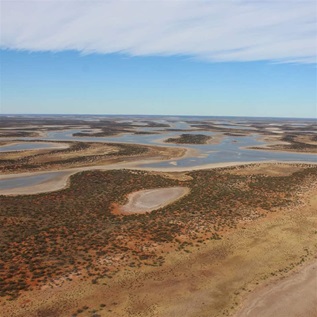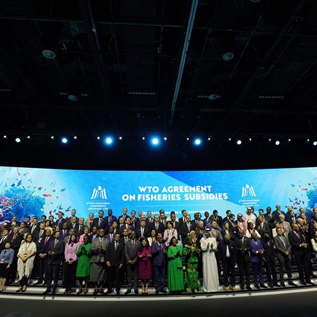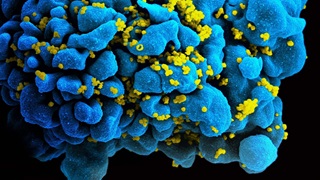Time Is Running Out for Troubled Bigeye Tuna
Those with an interest in rebuilding the depleted population of bigeye tuna in the western and central Pacific Ocean gathered in the Marshall Islands from Aug. 19 to 21 to discuss actions needed to jump-start a recovery of this overfished tuna. While fishery managers, vessel owners, scientists, and others agree that the species is in trouble, current management actions are inadequate to end overfishing or help this population rebound.
According to a 2014 assessment by scientists studying bigeye tuna in these waters, the population is at just 16 percent of its unfished size. Despite the scientific findings, the Western and Central Pacific Fisheries Commission (WCPFC), which is responsible for achieving long-term sustainable use of the stock, did not agree last year on a plan to reduce bigeye catches.
A new scientific analysis conducted for the WCPFC, released this summer, only confirms the worrying trend for bigeye. Even when looking at the broader dynamics of bigeye across the entire Pacific, the status of this tuna in the western and central waters appears just as poor as in the earlier assessment. In essence, no matter how you measure it, the stock has dwindled into a danger zone.
Pacific bigeye is mainly caught by two types of fishing gear—longlines and purse seines. Longline vessels use thousands of hooks at once to catch adult bigeye. Their catch primarily supplies fresh fish and sushi markets. This fleet is largely unmonitored and without effective regulation. Still, it is telling that longline vessels have been reporting lower catches of bigeye since the early 2000s.
On the other hand, purse seine fishing vessels set large nets around what are known as fish aggregating devices (FADs). The fishermen are targeting skipjack tuna but also catch juvenile bigeye in the process. And catches of these young bigeye have been on the rise.
Purse seine vessels are fishing over 20 percent more days than they were in the early 2000s. Today, they catch up to 90 percent (by number) of all bigeye caught in the western and central Pacific. Use of FADs has increased dramatically since the 1990s, with almost no regulation on their deployment. There is no question that they are a key factor in the bigeye’s decline.
Following the gathering in the Marshall Islands, the conversation about how to turn bigeye management around must continue. As long as vessels persist in depleting this tuna’s numbers, its future will be at risk. Science-based limits on fishing by both longline vessels and purse seiners, coupled with effective monitoring to ensure compliance with regulations, are needed to end overfishing and rebuild this stock.
It’s not too late to reverse course and return the Pacific bigeye population to a healthy, sustainable level. The WCPFC will get another chance to take necessary measures to support a recovery at its annual meeting in December in Bali, Indonesia. But time is running out.
Amanda Nickson directs Pew’s global tuna conservation efforts.











